Treatments
Oral and Maxillofacial Surgery

Surgical medical specialty dedicated to the study, prevention, diagnosis, treatment and rehabilitation of congenital and acquired diseases of the skull, face, head and neck, oral cavity and jaws.
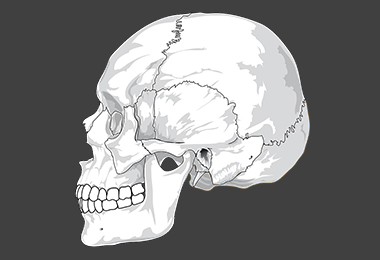
Skull Base Surgery
Skull base surgery may be done to remove both benign and cancerous growths, and abnormalities on the underside of the brain, the skull base, or the top few vertebrae of the spinal column. It may be done by a minimally invasive endoscopic procedure and requires a team of specialists.
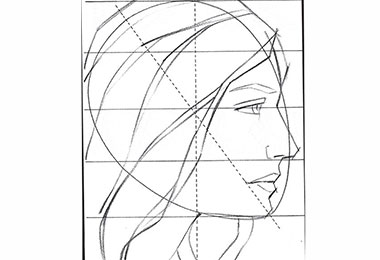
Facial Esthetic Surgery
There may be various reasons to seek facial aesthetic surgery. These include dissatisfaction with naturally-given features, congenital problems, the wish to camouflage scars, or a desire to reverse the changes that have occurred due to ageing or life events.

Preprothesic Surgery
The objective of preprosthetic surgery is to create proper supporting structures for subsequent placement of prosthetic appliances. Evaluation of Supporting Bone and Soft Tissue is mandatory.
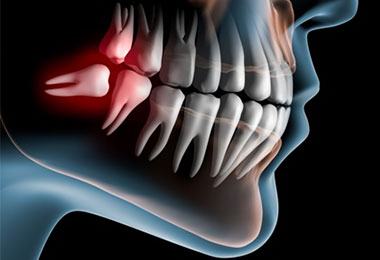
Oral Surgery
Oral surgery may be required for a variety of reasons. You may have an impacted tooth trapped in the jawbone or a tooth that is poorly positioned and damaging neighboring teeth.Oral surgery is also necessary for the placement of dental implants and for a few types of gum treatments.
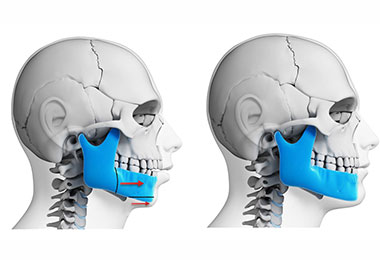
Orthognathic Surgery
Orthognathic surgery is a corrective jaw surgery that straightens or realigns your jaw, and corrects related skeletal deformities that a patient may need.
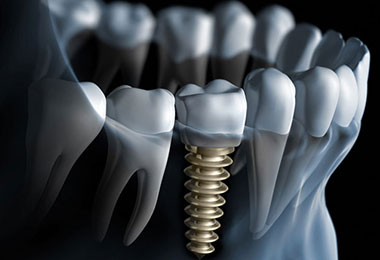
Dental Implants
A dental implant is an artificial tooth root that is placed into your jaw to hold a replacement tooth or bridge. Dental implants may be an option for people who have lost a tooth or teeth due to periodontal disease, an injury, or some other reason.

Craniofacial Deformities
Craniofacial anomalies are a diverse group of deformities in the growth of the head and facial bones. These abnormalities are congenital (present at birth) and there are numerous variations--some are mild and some are severe and require surgery.
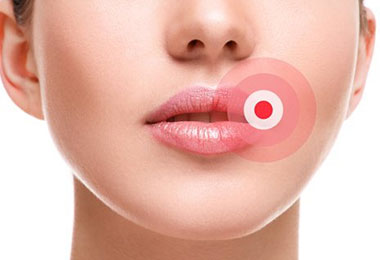
Oral and Maxilofacial Medicine
Oral Medicine is the discipline concerned with the oral and head and neck health care of medically complex patients--including the diagnosis and management of medical conditions that affect the oral and maxillofacial region.

Oncology
The prototypic head and neck squamous cell carcinoma (HNSCC) arises from the mucosal lining of the upper aerodigestive tract, demonstrates squamous differentiation microscopically, involves older men with a long history of cigarette smoking and alcohol consumption, and is treated by multimodality therapy.
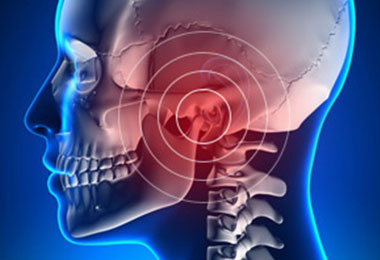
Temporomandibular Disorders
Temporomandibular disorders (TMD) is a collective term embracing all the problems relating to the TMJ and related musculoskeletal structures. An expertise team must carries out of the TMJ.
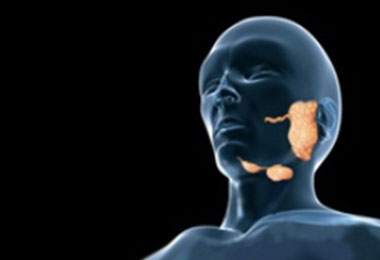
Salivary Gland Pathology
Salivary gland problems may be due to infection, inflammation, obstruction or tumours. They may present with acute, chronic or recurrent symptoms. Usually a careful history and examination give initial clues as to the cause.
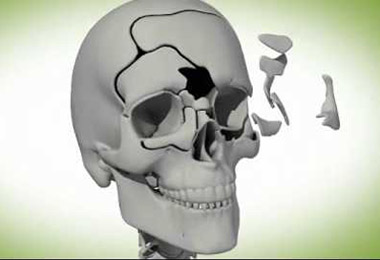
Maxilofacial Trauma
Facial trauma, also called maxillofacial trauma, is any physical trauma to the face. Facial trauma can involve soft tissue injuries such as burns, lacerations and bruises, or fractures of the facial bones such as nasal fractures and fractures of the jaw, as well as trauma such as eye injuries.
General Dentistry

Health science that deals with the diagnosis, treatment and prevention of diseases of the oral cavity, including teeth, periodontium, temporomandibular joint and neuromuscular system and all structures of the oral cavity, such as the tongue, palate, oral mucosa, salivary glands and other anatomical structures involved as the lips, tonsils and oropharynx.
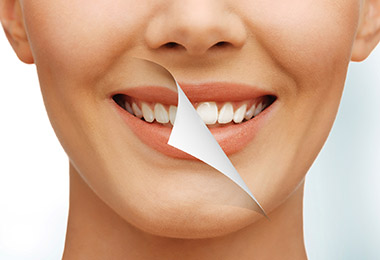
Teeth Whitening
Cosmetic treatment done to improve the appearance of teeth that are whitened to remove the effects of coffee, cigarettes, and other substances that permanently stain or discolor teeth. Tetracycline and aging also causes teeth to loose their bright color.
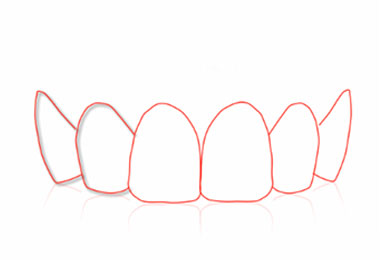
Digital Smile Design
The current practices of digital reconstruction of the smile involve the use of photo editing programs. Instead, thanks to automatic calibration instruments, the DSS is able to obtain precise measurements, and its specific tools are able to realize authentic and reliable projects.
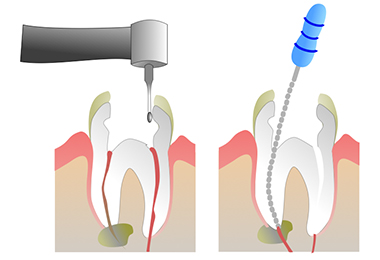
Endodontics
The branch of dentistry concerned with the morphology, physiology and pathology of the human dental pulp and periradicular tissues.

Esthetic Dentistry
Treatment planning and smile design, ceramic veneers, ceramic posterior restorations, esthetic metal ceramics, all-ceramic systems, computer-generated ceramic restorations, composites (direct and indirect), periodontal esthetics, and esthetic considerations in implants are well know by our team.

Gerodontology
The ultimate aim of Gerodontology is to improve the quality of life and oral health of older people. Management of other health problems impacts on dental care and clinicians need knowledge in numerous overlapping areas.
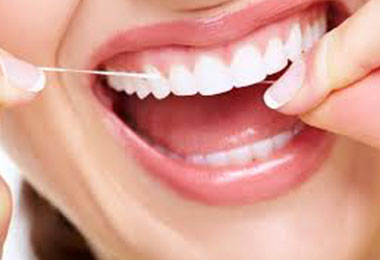
Dental Hygienic
The study and practice of procedures designed to maintain oral health, specific those concerned with polishing teeth and removing tartar.
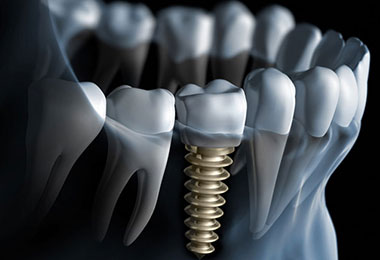
Dental Implants
A dental implant is an artificial tooth root that is placed into your jaw to hold a replacement tooth or bridge. Dental implants may be an option for people who have lost a tooth or teeth due to periodontal disease, an injury, or some other reason.
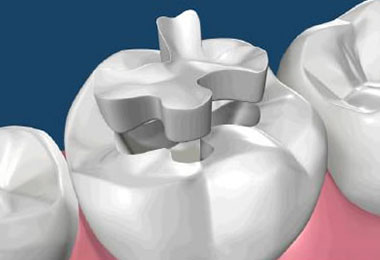
Conservative Dentistry
That branch of the healing arts concerned with the teeth and associated structures of the oral cavity, including prevention, diagnosis and treatment of diseases of the teeth as well as the repair of defects or injury to teeth.

Pediatric Dentistry
Is an age-defined specialty that provides both primary and comprehensive preventive and therapeutic oral health care for infants and children through adolescence, including those with special health care needs.

Infrequent Disorders
Infrequent disorder complex must be studied and treated in a multidisciplinary team.
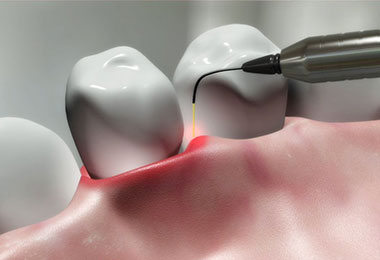
Periodontics
Branch of dentistry that deals with diseases of the supporting and investing structures of the teeth including the gums, cementum, periodontal membranes, and alveolar bone.
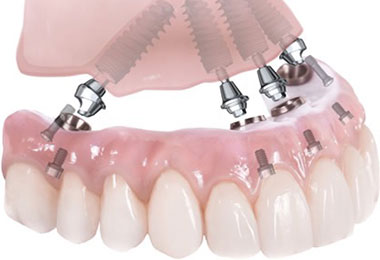
Prosthetic
Prosthetic dentistry means the replacement of missing teeth, soft tissues or all teeth through a variety of artificial methods. Prosthetic dentistry also comprises the replacement of damaged teeth with crowns.

Pit and Fissure Sealants
The purpose of the sealant is to provide a physical barrier to occlude pits and fissures and to protect them from bacteria and food.

Dental Traumatology
The study of dental trauma what refers to trauma to the teeth and/or periodontium (gums, periodontal ligament, alveolar bone), and nearby soft issues such as the lips, tongue…


